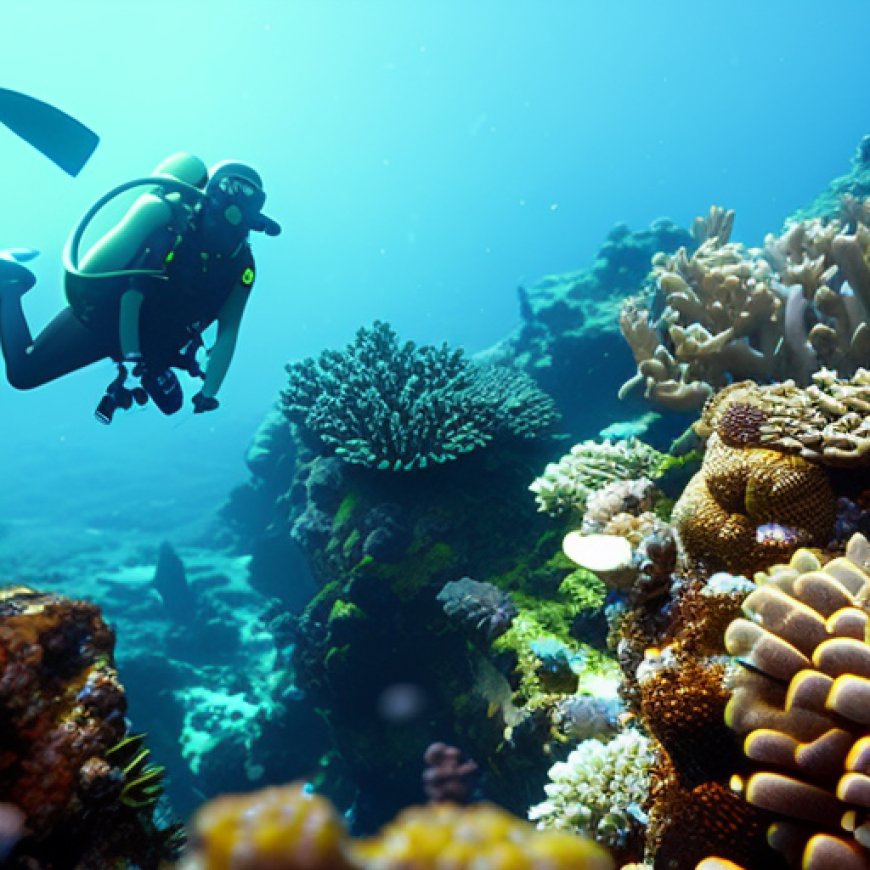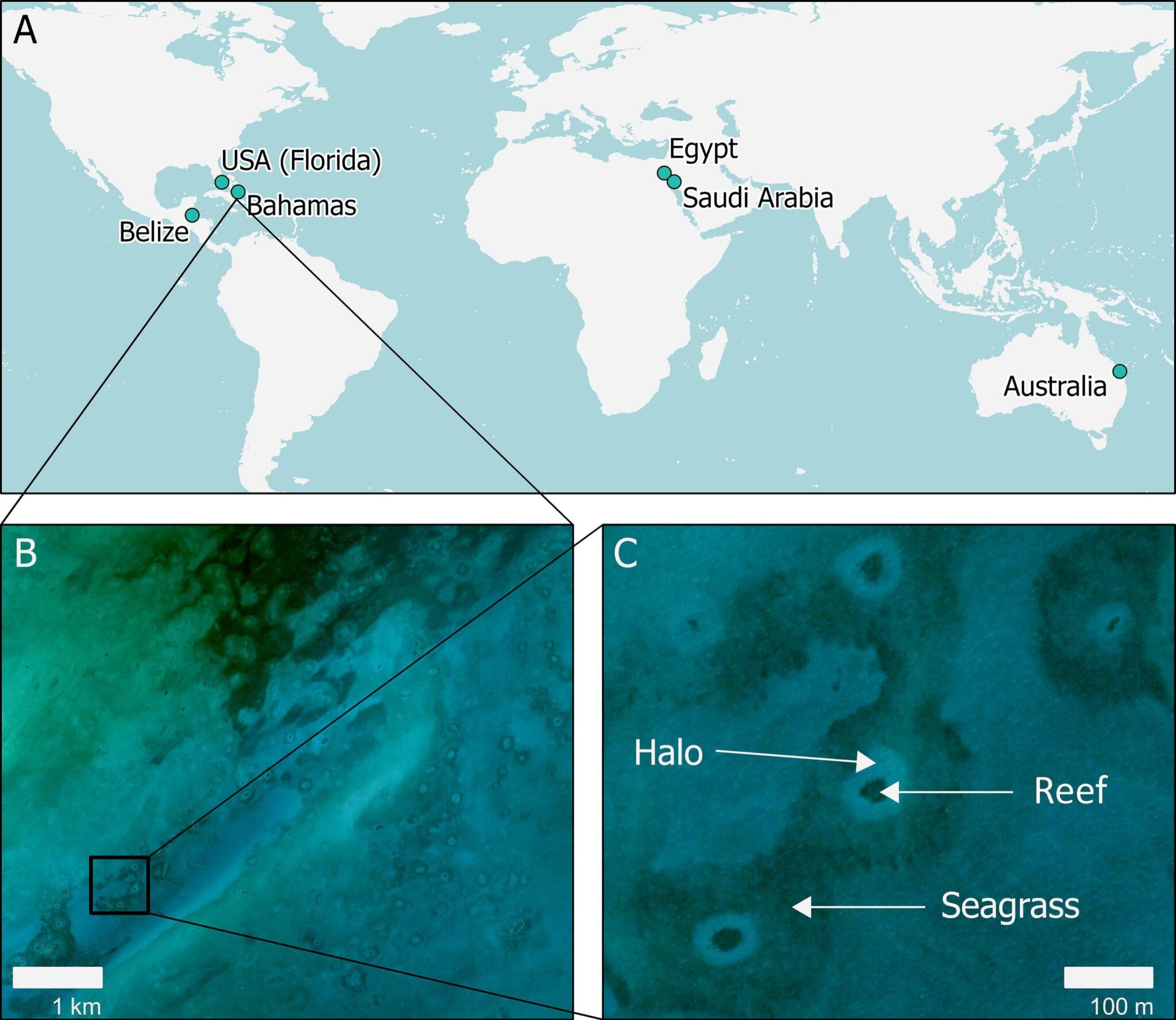AI Deep Dives Into Coral Reef Conservation | NVIDIA Blog
The Halo Effect: AI Deep Dives Into Coral Reef Conservation Nvidia


The Halo Effect: AI Deep Dives Into Coral Reef Conservation
With coral reefs in rapid decline across the globe, researchers from the University of Hawaii at Mānoa have pioneered an AI-based surveying tool that monitors reef health from the sky.
Using deep learning models and high-resolution satellite imagery powered by NVIDIA GPUs, the researchers have developed a new method for spotting and tracking coral reef halos — distinctive rings of barren sand encircling reefs.
The study, recently published in the Remote Sensing of Environment journal, could unlock real-time coral reef monitoring and turn the tide on global conservation.
“Coral reef halos are a potential proxy for ecosystem health,” said Amelia Meier, a postdoctoral fellow at the University of Hawaii and co-author of the study. “Visible from space, these halo patterns give scientists and conservationists a unique opportunity to observe vast and distant areas. With AI, we can regularly assess halo presence and size in near real time to determine ecosystem well-being.”
Sea-ing Clearly: Illuminating Reef Health
Previously attributed solely to fish grazing, reef halos can also indicate a healthy predator-prey ecosystem, according to researchers’ recent discoveries. While some herbivorous fish graze algae or seagrass near the protective reef perimeter, hunters dig around the seafloor for burrowed invertebrates, laying bare the surrounding sand.
These dynamics indicate the area hosts a healthy food buffet for sustaining a diverse population of ocean dwellers. When the halo changes shape, it signals an imbalance in the marine food web and could indicate an unhealthy reef environment.
In Hot Water
While making up less than 1% of the ocean, coral reefs offer habitat, food and nursery grounds for over 1 million aquatic species. There’s also huge commercial value — about $375 billion annually in commercial and subsistence fishing, tourism and coastal storm protection, and providing antiviral compounds for drug discovery research.
However, reef health is threatened by overfishing, nutrient contamination and ocean acidification. Intensifying climate change — along with the resulting thermal stress from a warming ocean — also increases coral bleaching and infectious disease.
Over half of the world’s coral reefs are already lost or badly damaged, and scientists predict that by 2050 all reefs will face threats, with many in critical danger.
Charting New Horizons With AI
Spotting changes in reef halos is key to global conservation efforts. However, tracking these changes is labor- and time-intensive, limiting the number of surveys that researchers can perform every year. Access to reefs in remote locations also poses challenges.
The researchers created an AI tool that identifies and measures reef halos from global satellites, giving conservationists an opportunity to proactively address reef degradation.
Using Planet SkySat images, they developed a dual-model framework employing two types of convolutional neural networks (CNNs). Relying on computer vision methods for image segmentation, they trained a Mask R-CNN model that detects the edges of the reef and halo, pixel by pixel. A U-Net model trained to differentiate between the coral reef and halo then classifies and predicts the areas of both.
Join us, as fellow seekers of change, on a transformative journey at https://sdgtalks.ai/welcome, where you can become a member and actively contribute to shaping a brighter future.
 blogs.nvidia.com
blogs.nvidia.com








